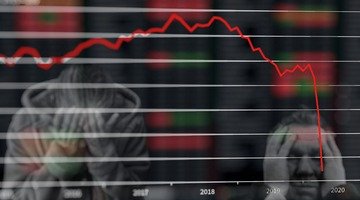Active management is one of the two ways in which a manager administers movable assets. Active management is defined as such precisely because the manager has the possibility of action of the asset classes present in the portfolio. Taking into consideration both market trends and asset classes, the manager’s task is therefore to obtain a higher return than that of the market and that of passive management.
The good management performance is evaluated either with respect to a reference value to be achieved, or by setting the objective of achieving a return equal to or greater than the reference market (benchmark). The slavish reproposition of the benchmark identifies passive management.
In active management, the manager must still comply with the needs of customers who will prefer more prudent, balanced or aggressive management. The active type of management may depend either on market timing choices, i.e. choosing the asset class at the most appropriate moment. The second strategy instead focuses on the analysis of the assets by assessing whether they are overvalued or undervalued with respect to a certain price level and exchanging them.
Related articles:
How to optimize your stock portfolio? Rules for a perfect portfolio
The advantages of combining active and passive funds for a good portfolio allocation






